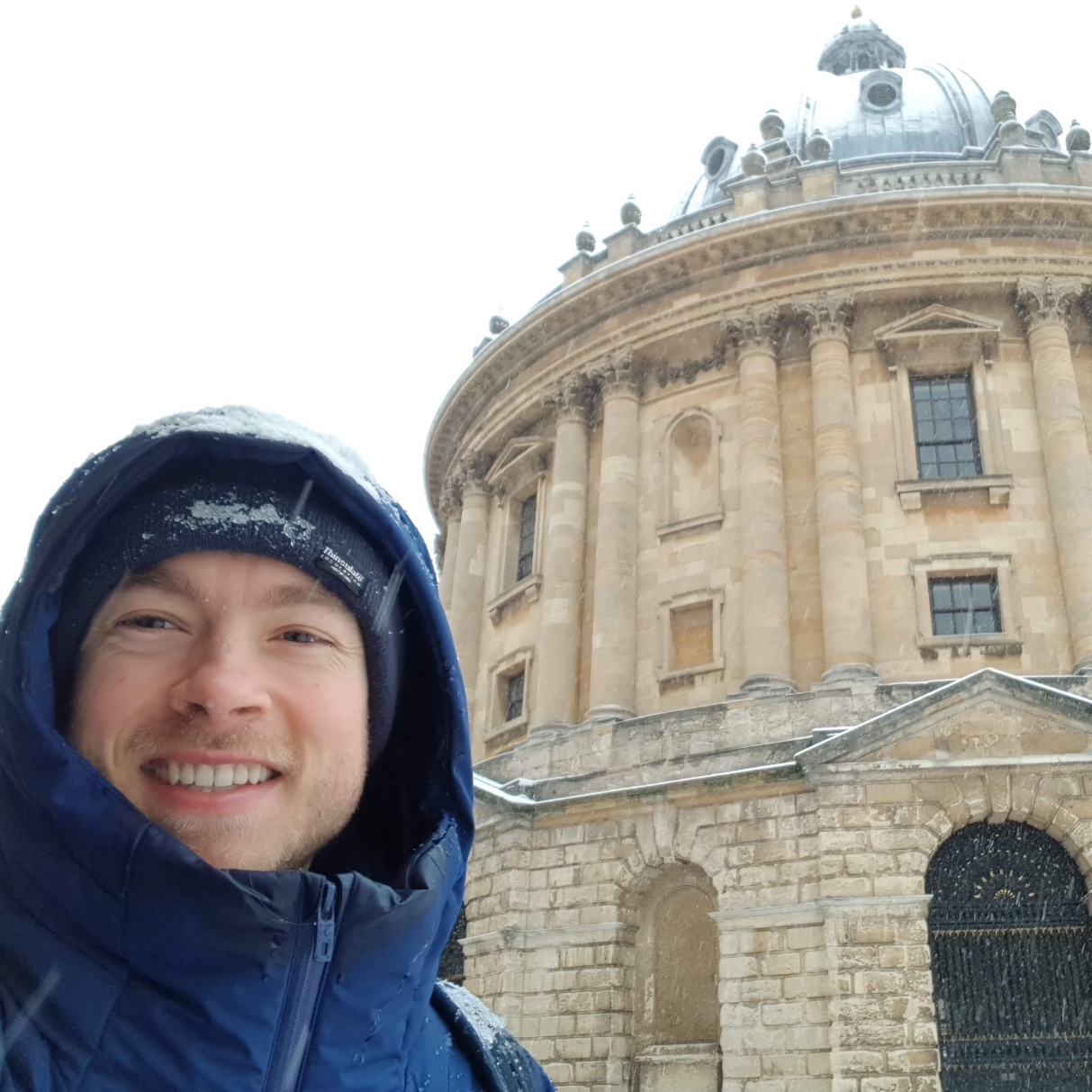Idea
Idea
| Manifold $n$-diagram generalize [[string diagram | string diagrams]] to higher dimensions—they recover string diagrams in dimension $n = 2$. For $n = 3$, they specialize to the notion of [[surface diagram | surface diagrams]]. |
| The idea of manifold diagrams roots in the relation between [[stratified space | stratified]] [[manifold | manifolds]] and [[higher category theory | higher categories]]. One way to think about this relation is by the [[Pontrjagin-Thom collapse map#ReferencesPTCellular | Pontrjagin-Thom construction]] which links homotopy groups of [[cell complex | cell complexes]] and [[stratified space | stratified]] [[cobordism | cobordisms]]. Another (really, the same) way is to think of stratified manifolds as arising after dualizing (in the sense of [[Poincaré duality]]) [[pasting diagram | pasting diagrams of directed cells]] in higher categories. |
| A well-known instance of this relation materializes in the [[generalized tangle hypothesis]]: indeed, [[tangle | tangles]] can (in a canonical way) be regarded as an example of manifold diagrams. |
Figure 1: $m$-Tangles in dimension $n$ can be regarded as manifold diagrams (picture reproduces part of Fig. 30 in BaezDolan95; note that $k = n-m$ is the codimension of the tangle)
| From the perspective of the tangle hypothesis, manifold diagrams can be used to express the structure of coherently dualizable objects. More precisely, this translates between “manifold singularities” and relations satisfied by the higher morphisms associated to a coherently dualizable objects. For instance, the manifold diagram in Figure 2 expresses the “swallowtail identity” satisfied by [[biadjunction | coherent biadjunctions]] (this is a manifold 4-diagram: think about the two surfaces as embedded in 3-dimensional space, and in the 4th spatial dimension we deform the top surface into the bottom one). The terminology derives from Thom’s classification of classical singularities (cf. this picture). |
Figure 2: The swallowtail identity as a manifold 4-diagram (reproducing title logo of MSRI program #323: higher categories and categorification)
| Many other interesting categorical and [[higher algebra | higher-algebraic identities]] can be expressed in manifold diagrams in a similar way. As an example, the Yang–Baxter equation (or, relatedly, the Reidemeister moves) can be expressed as a manifold 4-diagram, see Figure 3. |
Figure 3: The Yang-Baxterat identity as a manifold 4-diagram, illustrated as movie of 1-tangles in dimension 3 read from left to right.
In higher dimensions the types of identites become more and more complicated: Figure 4 shows a manifold 5-diagram representing the Zamolodchikov tetrahedron equation). Much diagrammatic algebra of surfaces along these lines as been developed by Carter and collaborators.
Figure 4: The Zamolodchikov tetrahedron equation as a manifold 5-diagram, illustrated as a movie from left to right (but the movie only has 2 frames).
Defining manifold diagrams is no easy task, as they are meant to provide a definitional framework for higher algebraic laws such as those above in all dimensions.
Definition
| Several definitional variants exist in dimensions $\leq 4$ (see also at [[surface diagram | surface diagrams]]). In general dimensions, manifold diagrams can be defined as the local models of conical cellulable stratifications on [[directed space | directed spaces]]. |
\begin{defn} A manifold $n$-diagram is a conical cellulable stratification of directed combinatorial standard $n$-dimensional space. \end{defn}
| Here, the term “standard” is another way of saying “local model” (concretely, we can take this to be [[directed space#framed_spaces | standard $\mathbb{R}^n$ with standard directions]]). The term “cellulable” simply says that the stratification has a subdivision into a complex of finitely many (open) directed topological cells—this condition is morally similar to requiring the existence of a finite triangulation, but cells can be much better adapted to the directed setting than simplices. The term “conical” is described at [[stratified space#conical_strat | stratified space]] in the setting of [[topological space | undirected spaces]]; in the setting of directed spaces one requires tubular neighborhoods to interact nicely with the directions of the underlying directed space. This is a sketch, a more detailed description of the situation can be found e.g. in Dorn-Douglas and Dorn-Douglas (Note 1: “cellulable” is also called “meshable” or “tame” to indicate a slight increase in generality: technically, one may also work with “cocells”, i.e. the Poincaré duals of cells.) (Note 2: The relation to tangles and manifold diagrams alluded to in the introduction can also be made precise.) |
References
For abelian groups in the context of [[homotopy type theory]]:
-
{#BaezDolan95} [[John Baez]] and [[James Dolan]], Higher-dimensional Algebra and Topological Quantum Field Theory 1995 (arXiv)
-
{#Carter} Scott Carter, An excursion in diagrammatic algebra, 2012
-
{#DornDouglas22} Christoph Dorn and Christopher Douglas, Manifold diagrams and tame tangles, 2022 (pdfs)
-
{#DornDouglas22B} Christoph Dorn and Christopher Douglas, A brief introduction to framed combinatorial topology, 2022 (pdfs)
